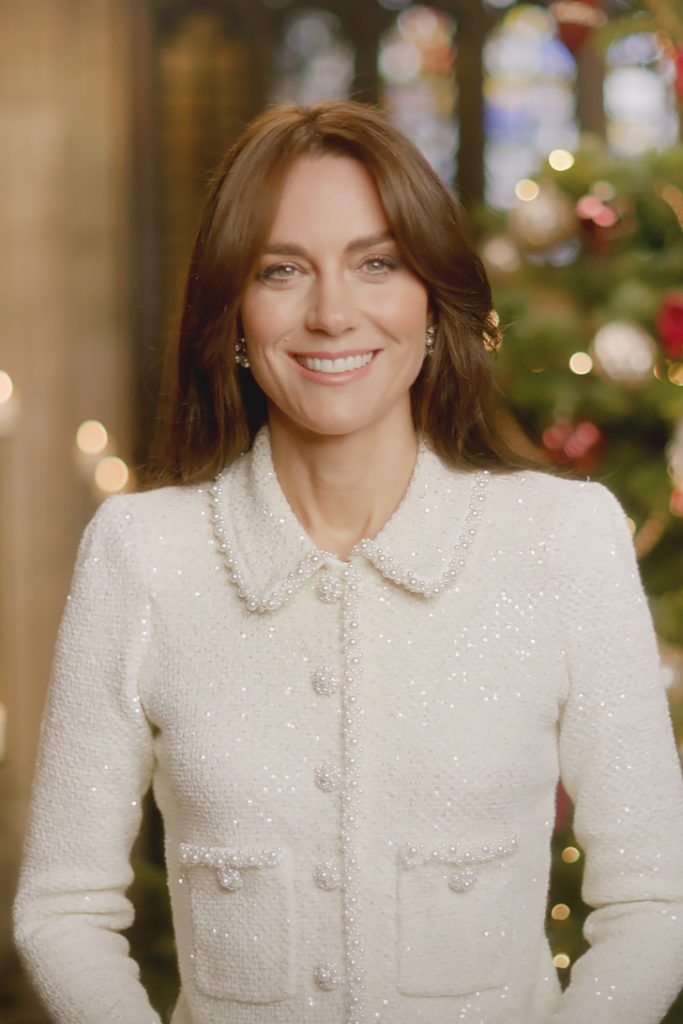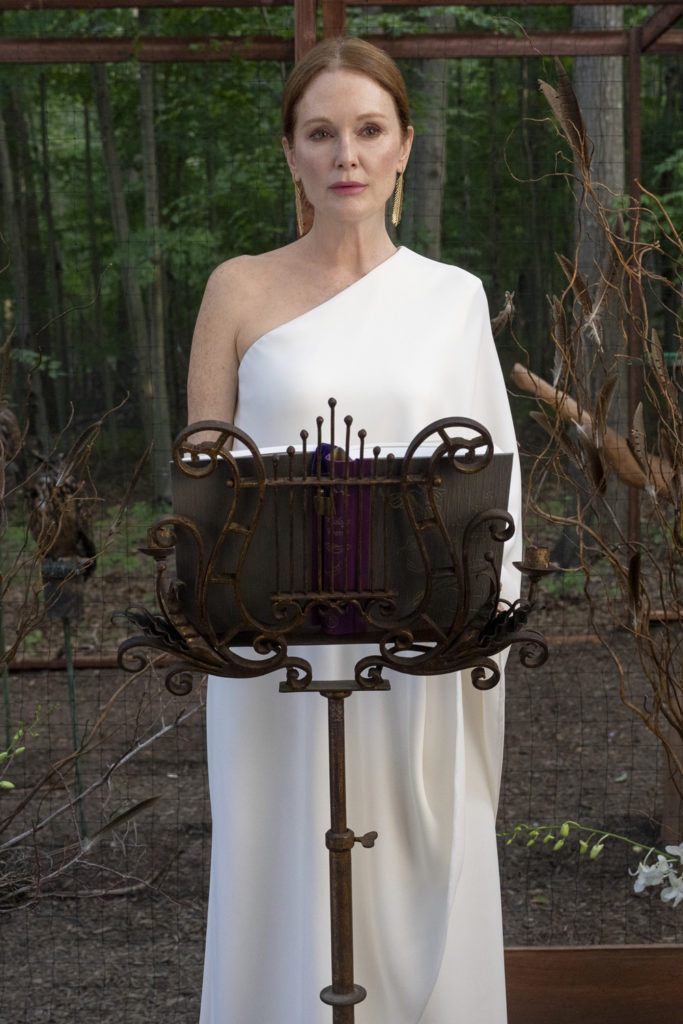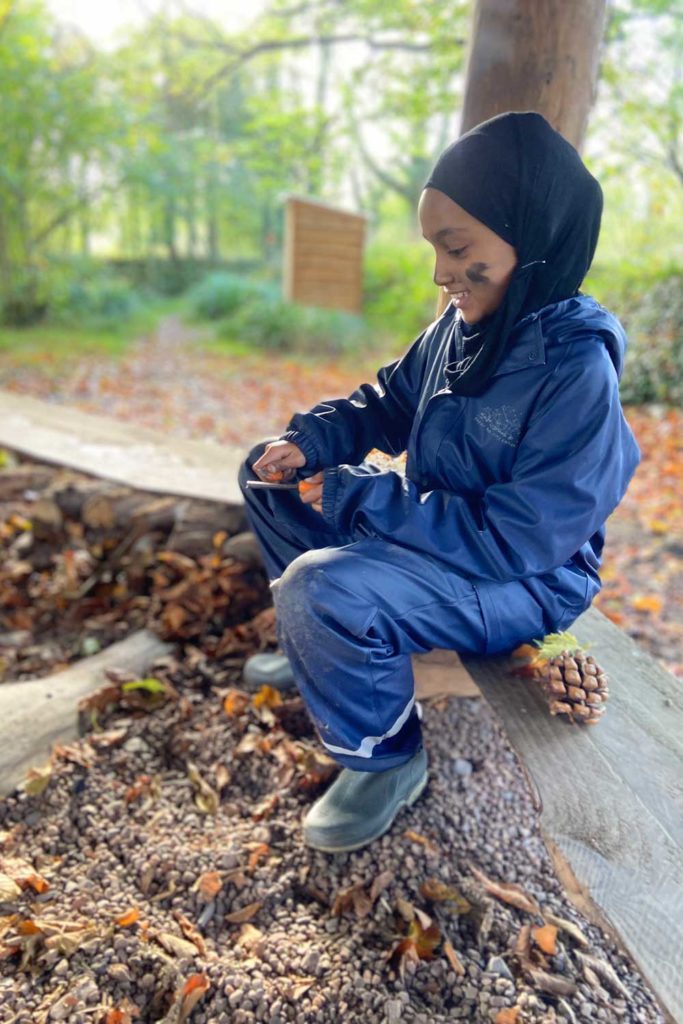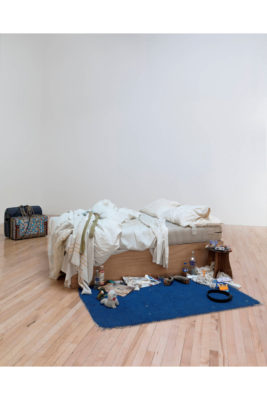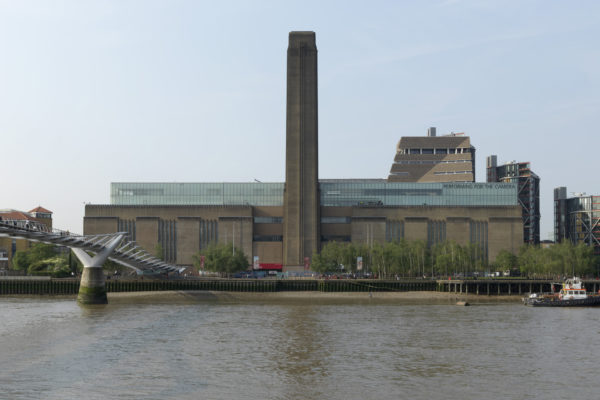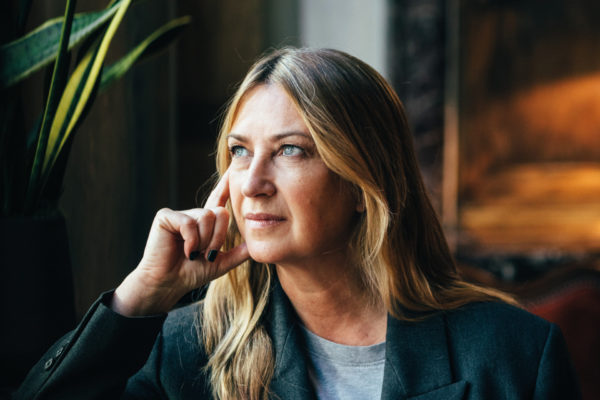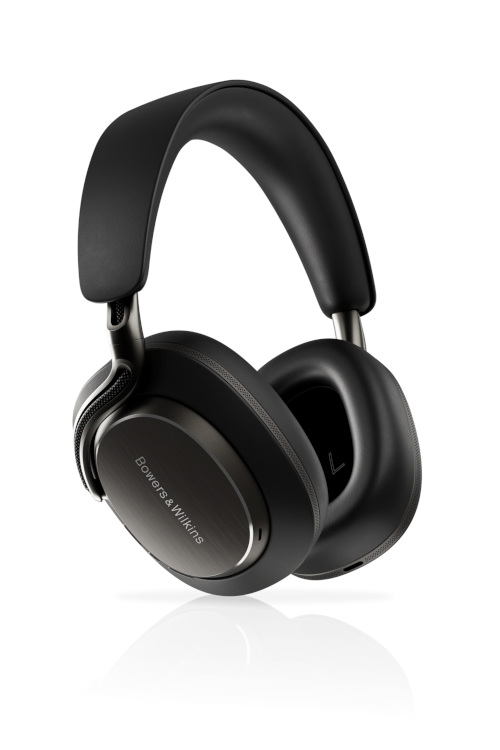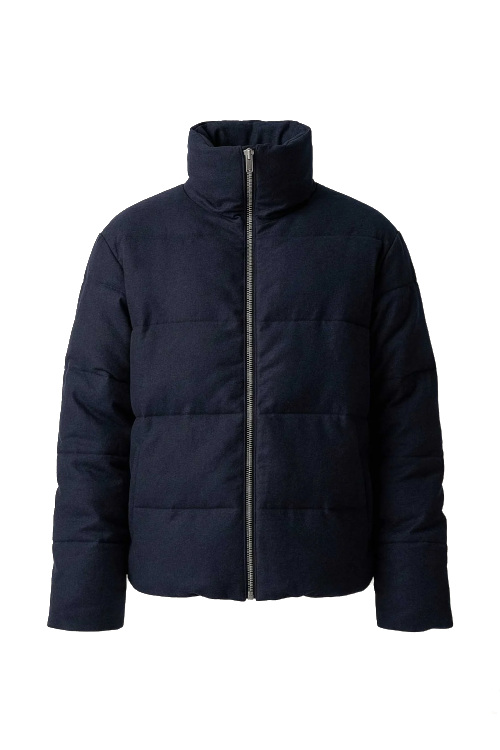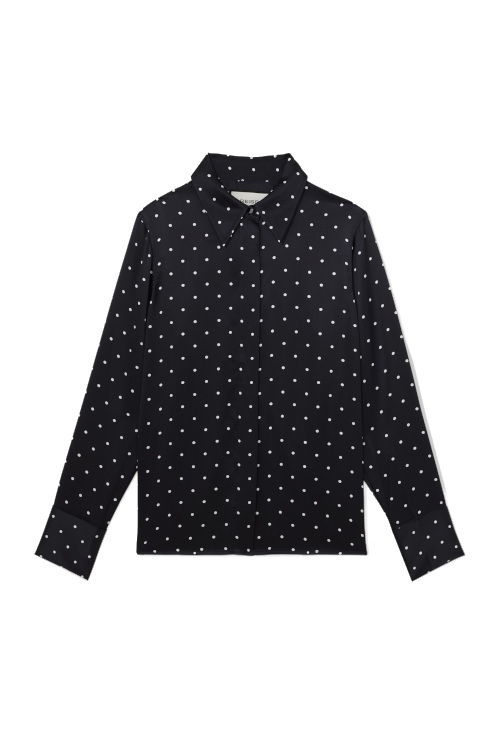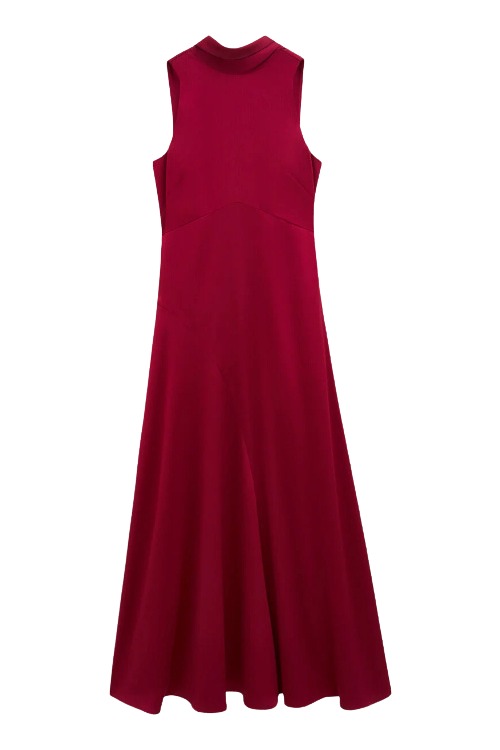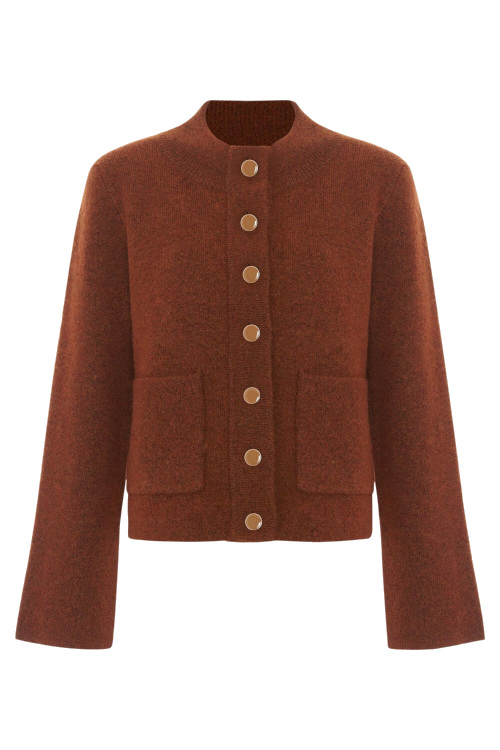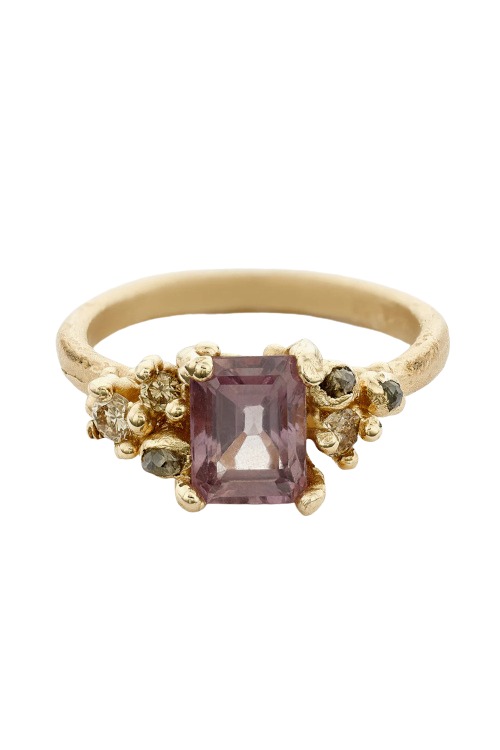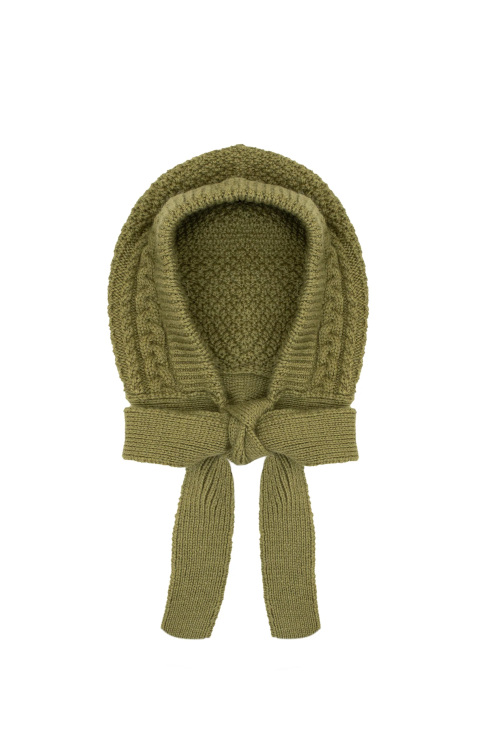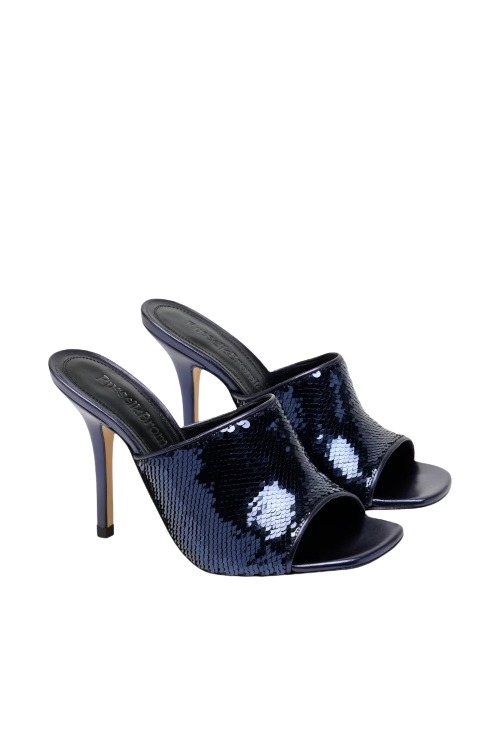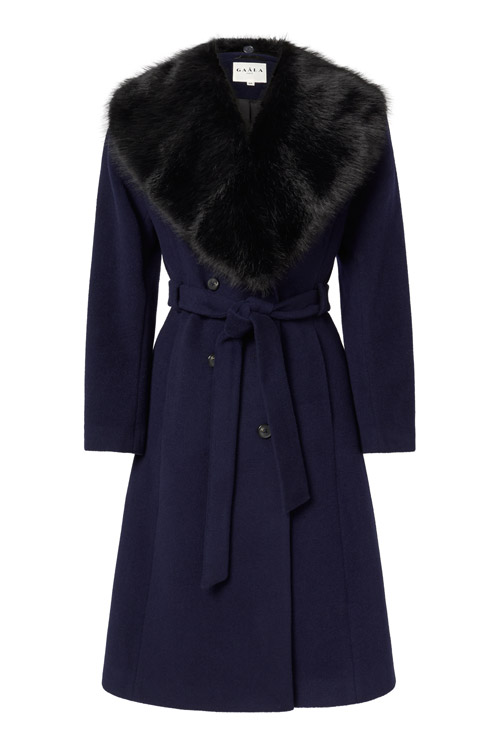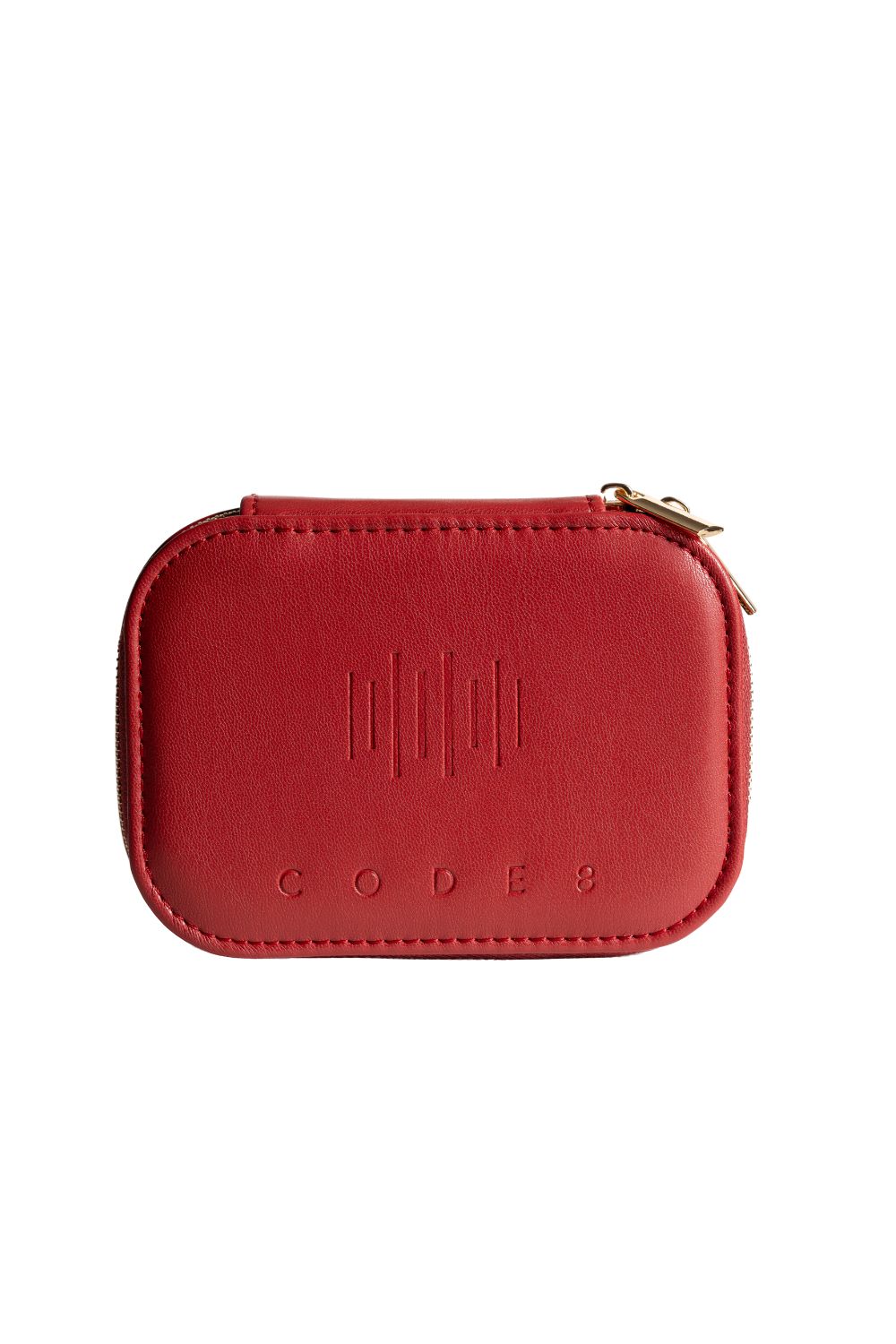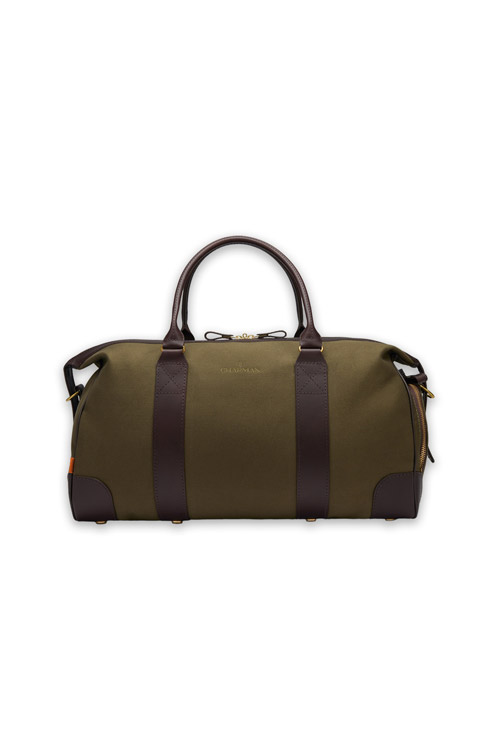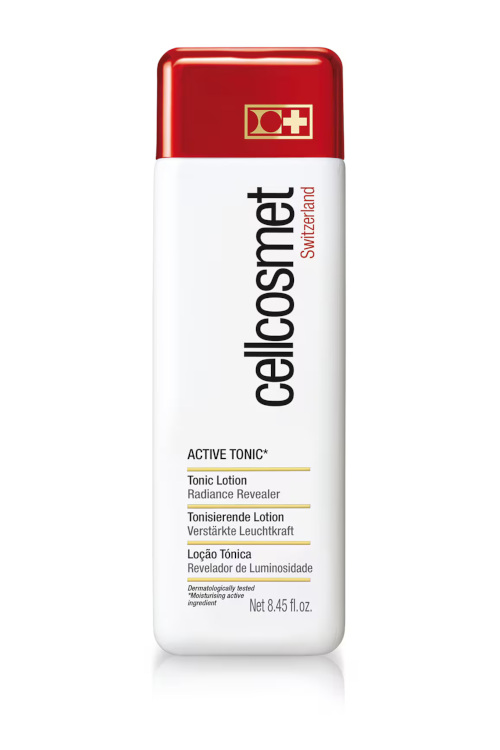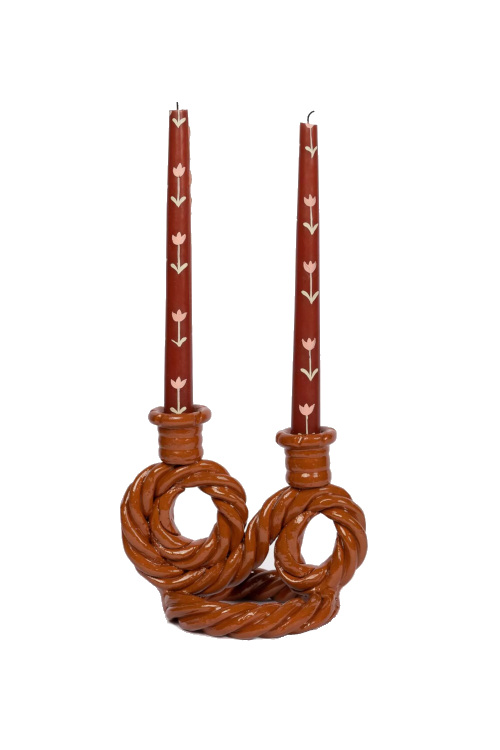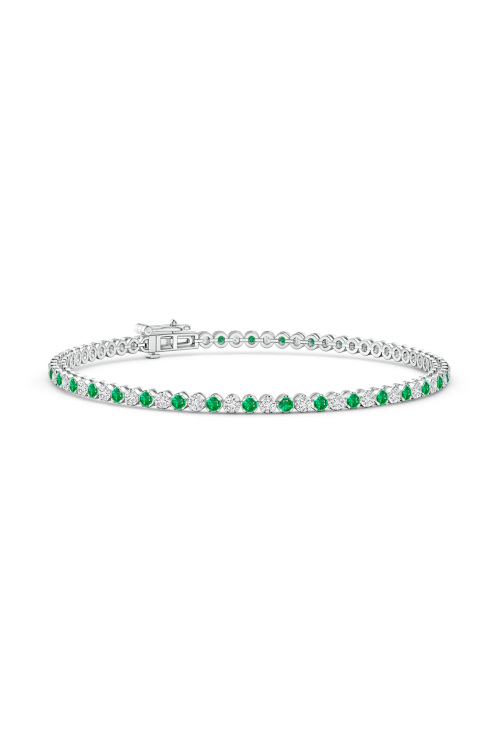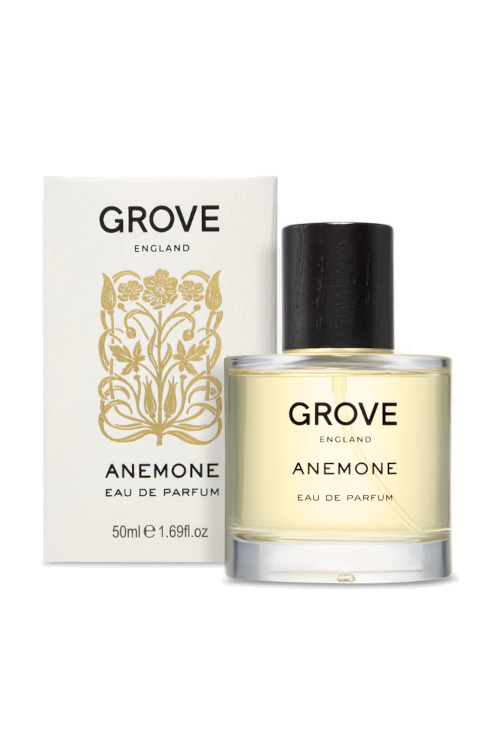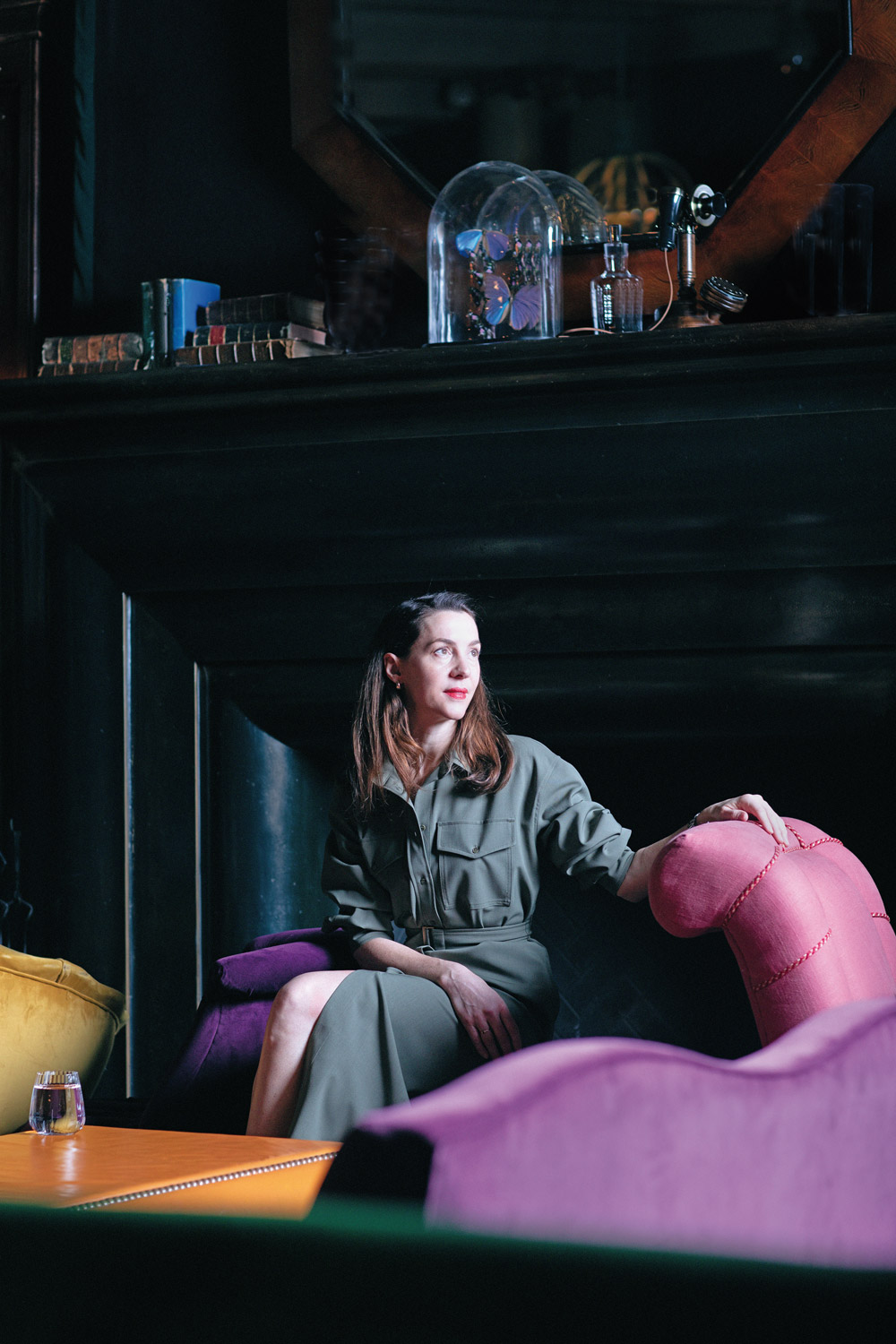
Victoria Siddall On Becoming The National Portrait Gallery’s First Female Director
By
8 months ago
The British gallerist on the power of art
After 20 years at Frieze, Victoria Siddall has become the first woman to take the helm at the National Portrait Gallery. And there’s change afoot, finds Charlotte Metcalf
Conversations At Scarfes Bar: Victoria Siddall
Last August, Victoria Siddall became the first woman to become National Portrait Gallery’s director in its 168-year history. ‘It’s my dream job,’ she says. ‘The gallery is full of incredible people and tells their stories in such a powerful way that really resonates. The first room is full of modern history makers, like Marcus Rashford, the Princess of Wales and Jacqueline Wilson. Everyone will recognise somebody and understand what they’re looking at. Then on the top floor are the Tudors, people who’ve shaped our history that we all learn about in school. I’ve been watching Wolf Hall again and it’s extraordinary seeing what Anne Boleyn or Thomas Cromwell really looked like.’
Siddall fell into the arts world serendipitously. After studying English and philosophy at the University of Bristol, her first job was writing consignment proposals for Christie’s. ‘Suddenly a whole new, fascinating world of art opened up that I never knew existed,’ she says. ‘It was 2000, a moment of such creativity and optimism, with more and more galleries opening in London.’
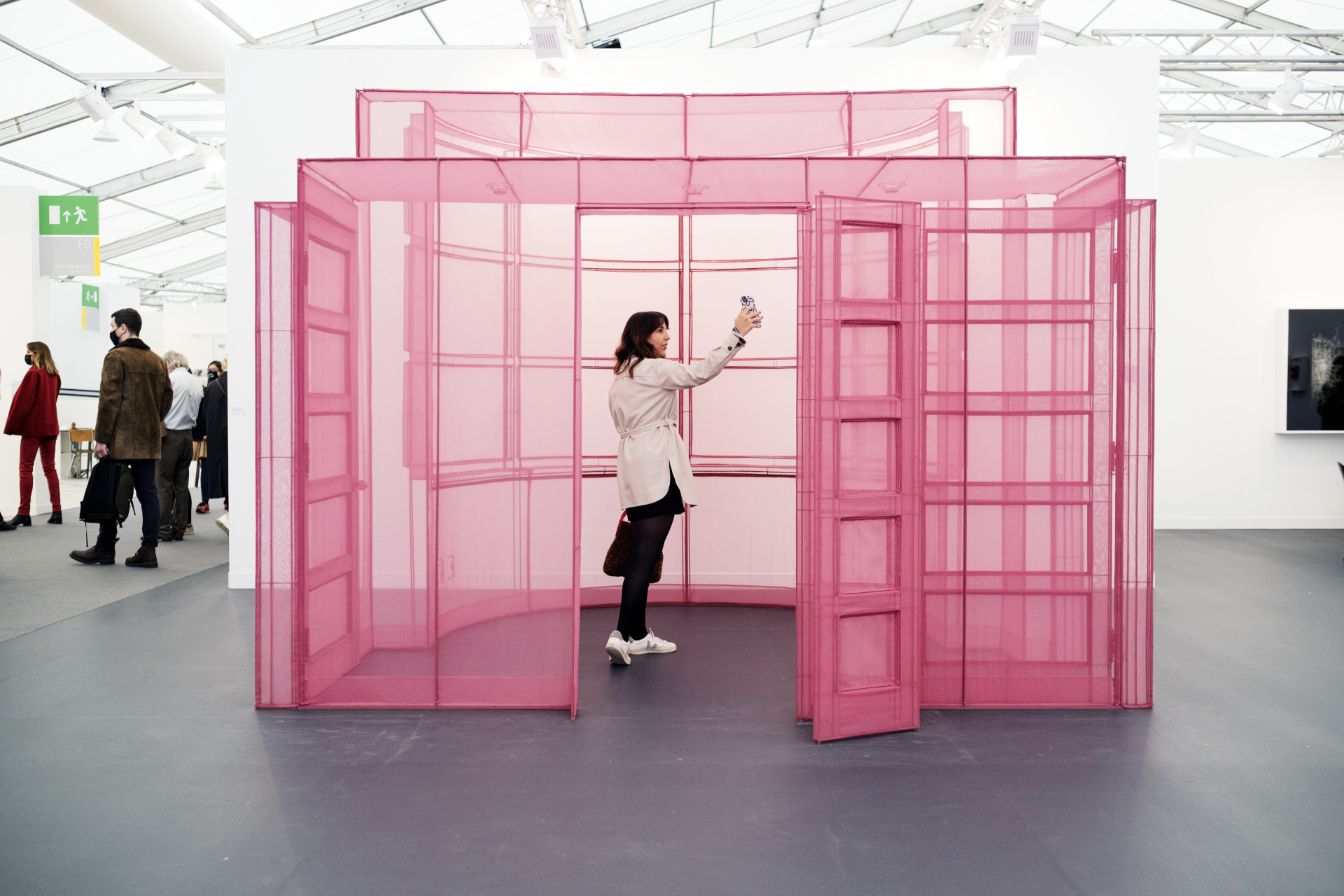
Frieze Art Fair 2021 in Regents Park, London.
Photo by Linda Nylind for Frieze.
Frieze
It was visiting Frieze in 2003 that convinced Siddall the art world was for her: ‘Frieze galvanised the whole city. His vast tent appeared in Regent’s Park out of nowhere full of incredible artworks from all over the world. It was electric, magical.’
Siddall went on to work for Frieze for 20 years, setting up Frieze Masters in 2012 and eventually running all its global fairs, starting Frieze LA in 2019 and Frieze Seoul in 2020.
Her tirelessness and enthusiasm spring from her unshakable belief in the power of art to change things. While at Frieze, they launched a Green Guide for the visual arts with Nicholas Serota, then Tate’s director, and Boris Johnson then mayor. Frieze also founded Gallery Climate Coalition (GCC), with a group of arts organisations committed to the 2030 carbon reduction goals. Today, GCC has more than 1,000 members, including major museums, in 40 countries.
Later, Siddall helped found Murmur, channelling funds from art and music businesses into environmental initiatives: ‘As a group we believed culture, and artists in particular, can play a really important role in inspiring change.’ We chat about how the recent television drama Adolescence as well as Mr Bates vs the Post Office galvanised people into confronting important issues. ‘Culture does that!’ she says. ‘Art in all its forms makes people feel and care in a really powerful way.’
In 2022, Siddall wanted a change and to be more involved with the non-profit world. She left Frieze and gravitated towards the National Portrait Gallery as a volunteer committee member and then a trustee. ‘I’d always loved the gallery and when Nick Cullinan announced he was leaving for the British Museum, I’d fallen in love with the place, so I went for the role.’
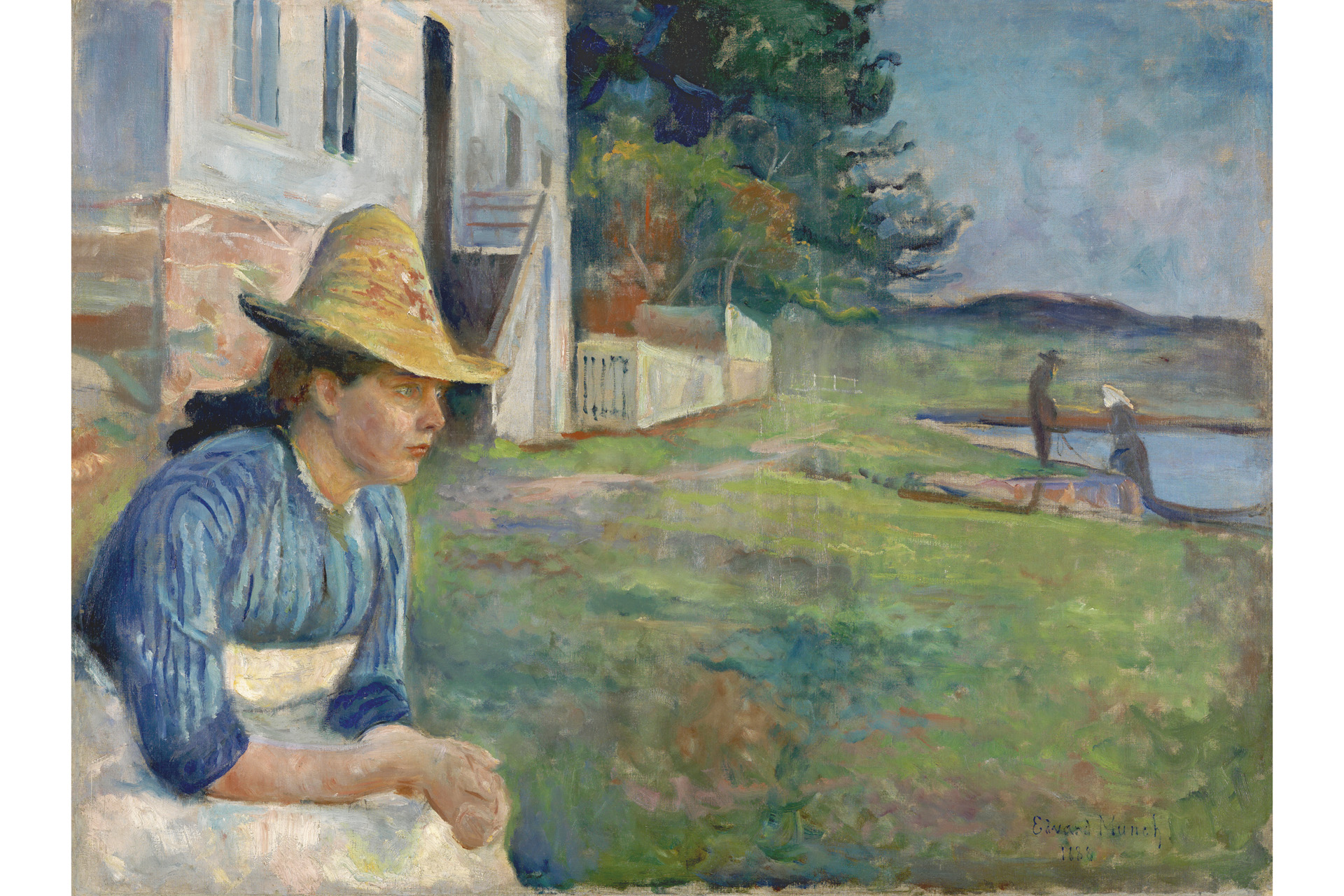
Evening, Edvard Munch, 1888. Oil on canvas. (© Museo Nacional Thyssen-Bornemisza)
What’s On At The National Portrait Gallery In 2025?
We talk about the current exhibitions: ‘What Edvard Munch Portraits does brilliantly is take an artist that everyone thinks they know and show a different side to him, while Culture Shift, about The Face magazine, is really drawing crowds, some nostalgic for the 80s and 90s, but many younger people too.’
In June, the gallery stages the major exhibition Jenny Saville: The Anatomy of Painting. ‘She’s an incredible artist who came of age among the YBAs [young British artists], but is so relevant today because of her fascination with flesh and how it can be distorted by plastic surgery.’ And an exhibition of Cecil Beaton’s fashion photography opens in autumn.
Siddall is determined that people outside London experience the collection, so Joshua Reynolds’s hugely admired Portrait of Mai is coming to the walls to travel to Bradford’s Cartwright Hall, then on to the Fitzwilliam in Cambridge, and Plymouth’s The Box. In partnership with Frameless, Stories – Brought to Life, the first immersive art experience based on a major museum collection, will premier in Manchester’s MediaCity. ‘It takes key figures in the gallery, from Shakespeare and Darwin to Malala and Amy Winehouse, and is a great example of how we’re innovating. Also thanks to Collecting the Now, a new fund supported by the Bukhman Foundation, we can buy important current work, and have acquired a rare self-portrait by Sonia Boyce and an adorned bust of Edward VII by Hew Locke.’
What’s Next?
We end talking about the annual Portrait Award and the Photo Portrait Prize: ‘Daily, we’re creating millions of portraits on our phone, so the prizes are a counterpoint, encouraging people to look closely at what makes a great painting or photograph. And the prizes bring in the next generation from all over the world.’ Siddall is about to go to Venice and then to Paris, to the opening of David Hockney 25 at Louis Vuitton. ‘I couldn’t be happier,’ she says. ‘What a privilege to head such a unique museum full of portraits representing people of so many different beliefs and backgrounds. There’s this wonderful feeling of what unites us rather than what sets us apart, fostering social cohesion and tolerance, and that’s so important right now.’
Find out more at npg.org.uk

